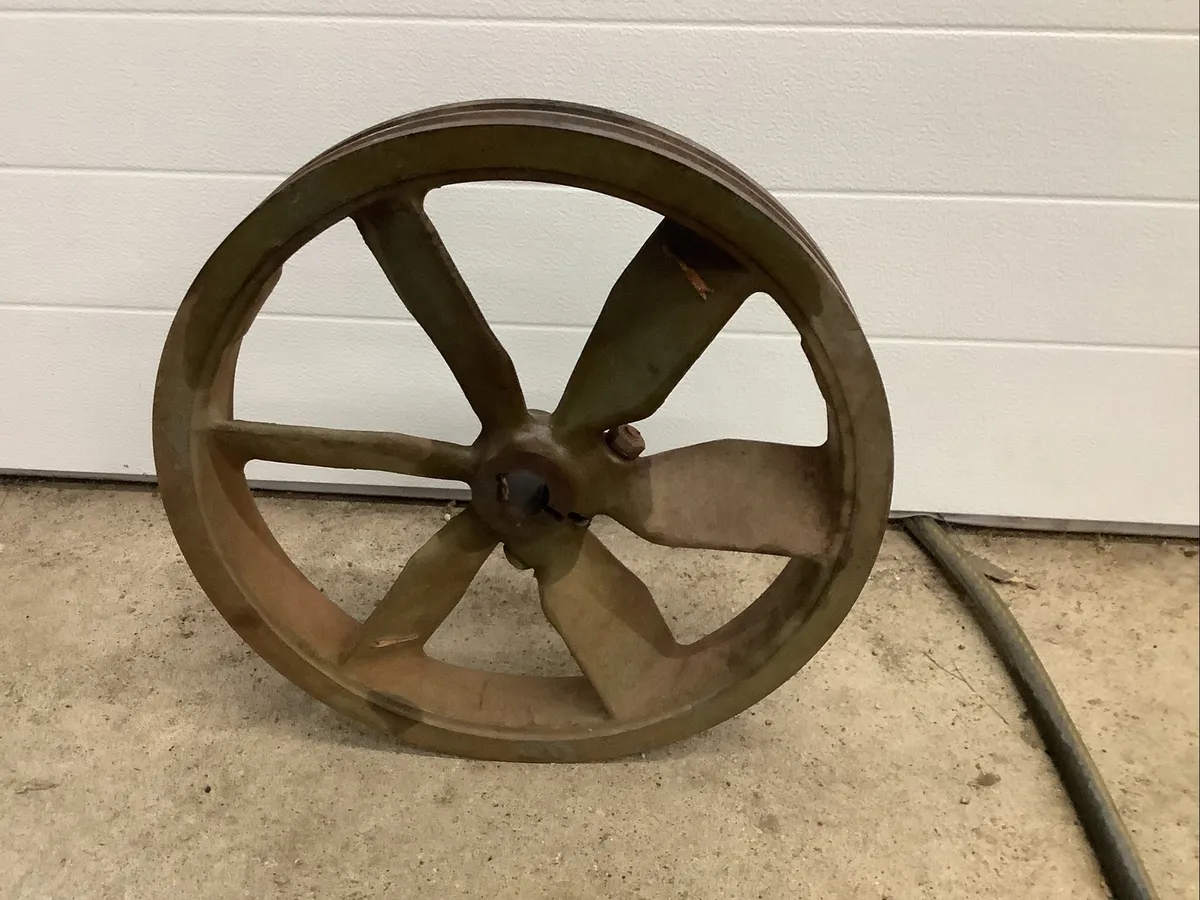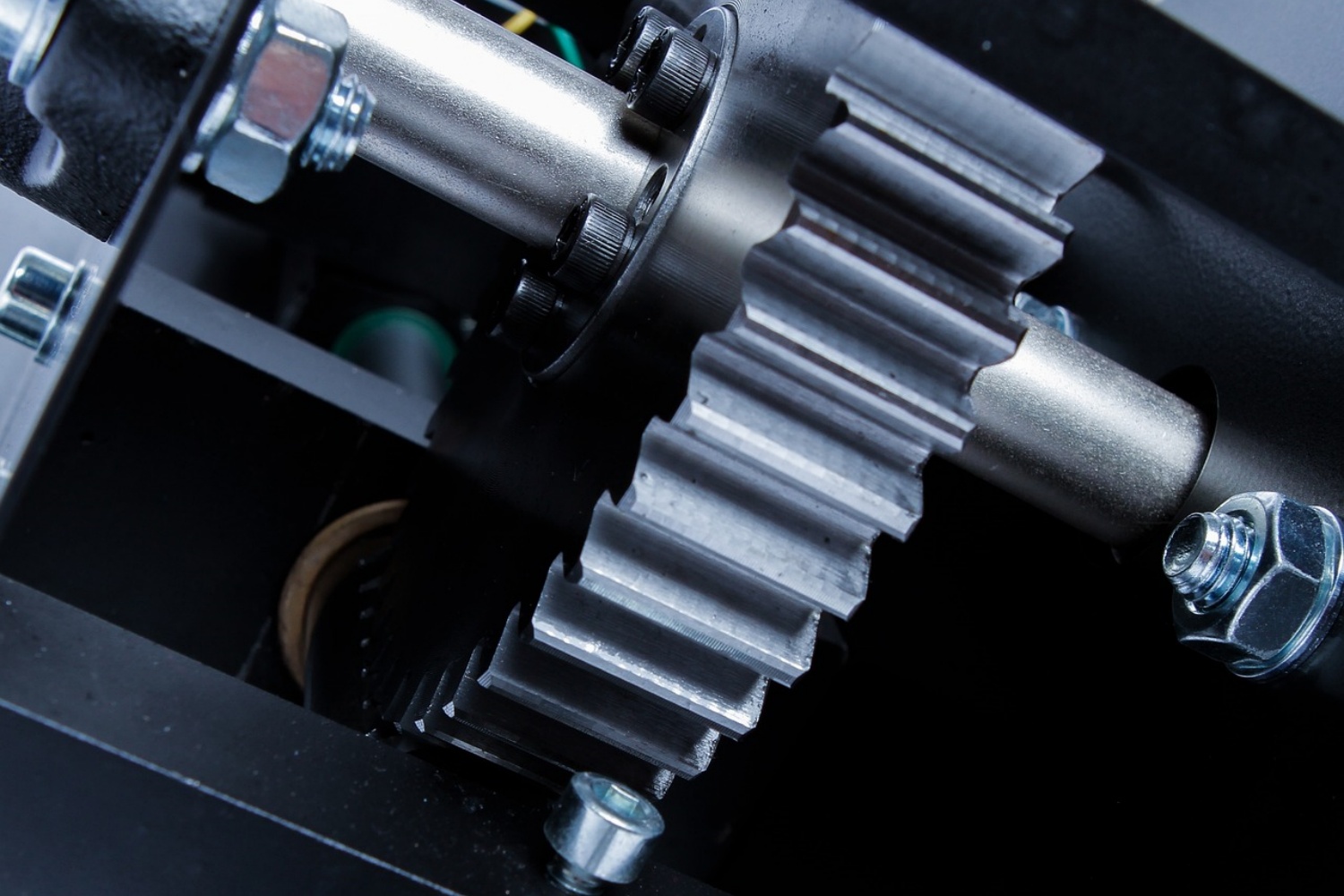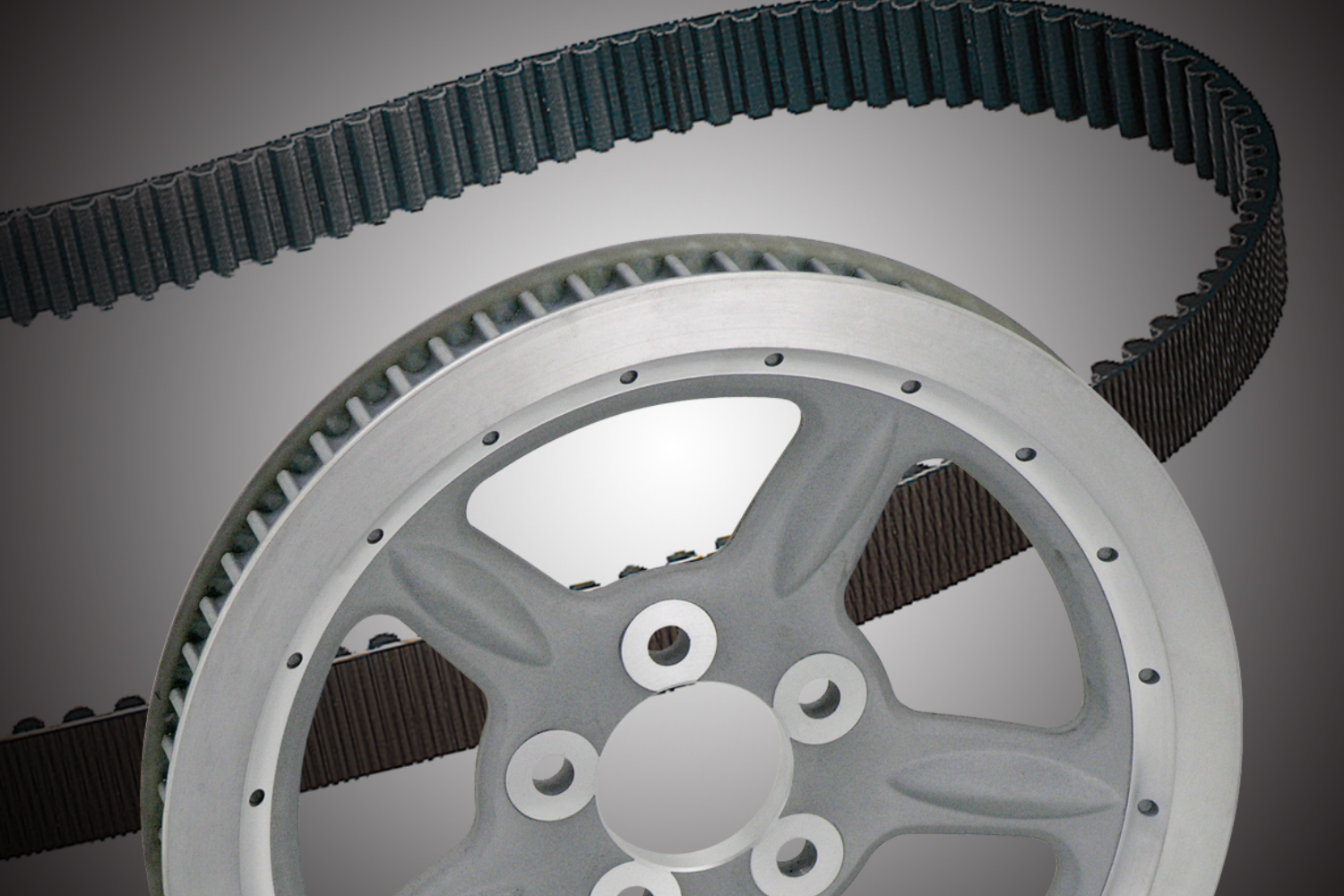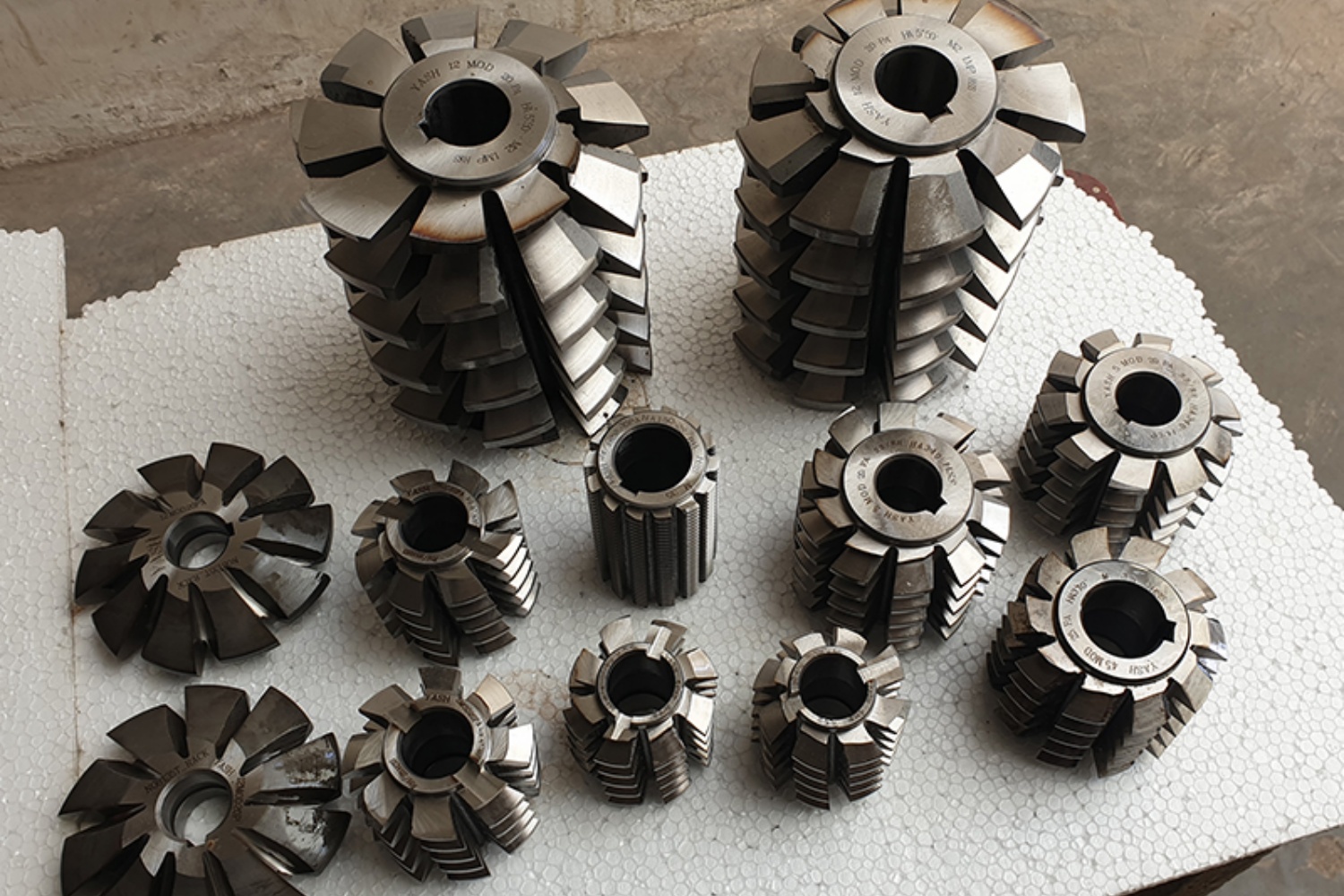V-pulleys are a crucial component in industrial applications, particularly in belt drive systems. They are responsible for transferring power from the belt to the shaft, ensuring efficient operation of various machines and systems. The material selection for V-pulleys significantly affects their durability and performance.The following sections will explore factors to consider when selecting industrial V-pulley materials, with an emphasis on durability and performance.
Material Properties
The selection of materials for V-pulleys is crucial for their durability and performance. Materials should have high tensile strength, fatigue resistance, and wear resistance. Additionally, the material should be dimensionally stable and have good machinability properties.
Durability Factors
Durability is a key factor when selecting materials for V-pulleys. The materials should be able to withstand the operational conditions, including the load applied, the speed of rotation, and the temperature variations. Materials with high fatigue resistance can better handle the cyclic loading experienced during operation. Moreover, materials with good wear resistance can reduce the wear on the pulley surface, increasing its operational life.
Performance Factors
Performance is another important aspect to consider when selecting materials for V-pulleys. The materials should ensure smooth operation, minimize vibrations, and reduce noise. Materials with good machinability properties allow for accurate and efficient manufacturing of the pulleys, ensuring consistent performance. Additionally, materials with high tensile strength can handle higher loads, improving the overall performance of the belt drive system.
Environmental Considerations
Environmental factors can also influence the material selection for V-pulleys. For example, in corrosive environments, materials with good corrosion resistance are required to ensure the durability of the pulleys. Similarly, in high-temperature environments, materials with high thermal conductivity and stability at high temperatures are preferred.
The selection of materials for industrial V-pulleys is a critical decision that significantly affects their durability and performance. When selecting materials, it is essential to consider their mechanical properties, fatigue resistance, wear resistance, dimensional stability, machinability, and environmental factors. Materials with high tensile strength, fatigue resistance, and wear resistance can improve the durability of V-pulleys. Additionally, materials with good machinability properties ensure accurate and efficient manufacturing of the pulleys, while materials with good corrosion resistance and high thermal conductivity can enhance their performance in specific environmental conditions. Understanding these factors and their interactions is crucial for selecting the most suitable material for industrial V-pulleys, ensuring their longevity and optimal performance in various operational conditions.
More: Adapting to Agriculture: Customized V-Belt Pulleys Meeting Diverse Agricultural Needs
CONTINUE READING
Related Posts
In the world of industrial manufacturing, the efficiency and reliability of transmission systems are critical to the success of any […]
In industrial settings, a smooth and quiet power transmission system is crucial for productivity, safety, and worker comfort. V Belt […]
Splines play a critical role in mechanical power transmission systems, enabling rotational motion and torque transfer between mating components. These […]





